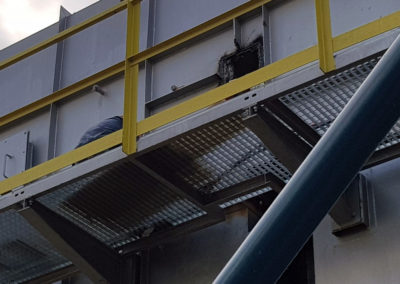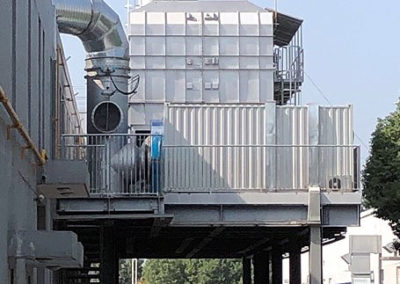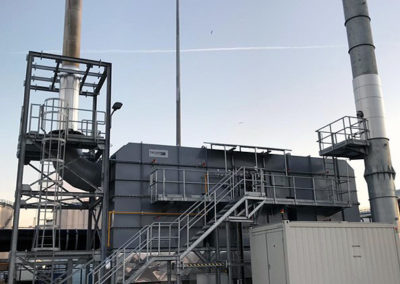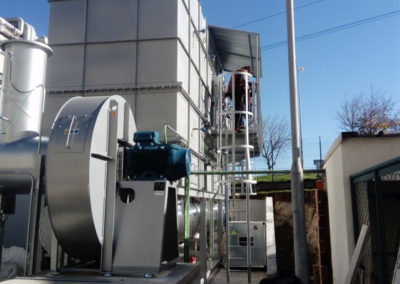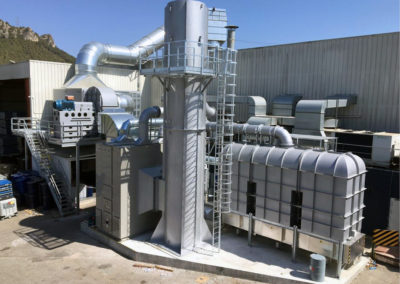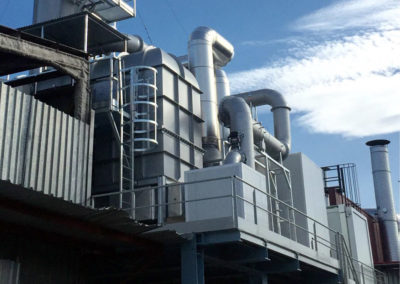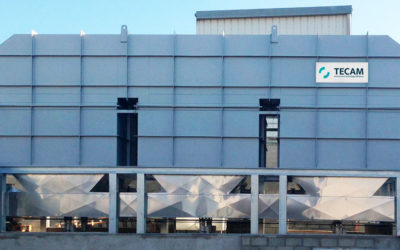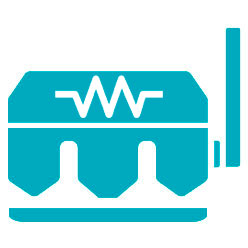TECAM VRU
Ideal for safe and efficient hydrocarbon recovery
Tecam’s Vapour Recovery Units
Thanks to Tecam’s VRUs or Vapour Recovery Units, petrochemical plants and tank storage terminals will be able to collect vapours from hydrocarbon storage and loading facilities, re-liquefy that fuel and return it in the form of liquid hydrocarbons to storage tanks, thus recovering product and therefore money, as well as taking care of the environment and people’s health and safety.

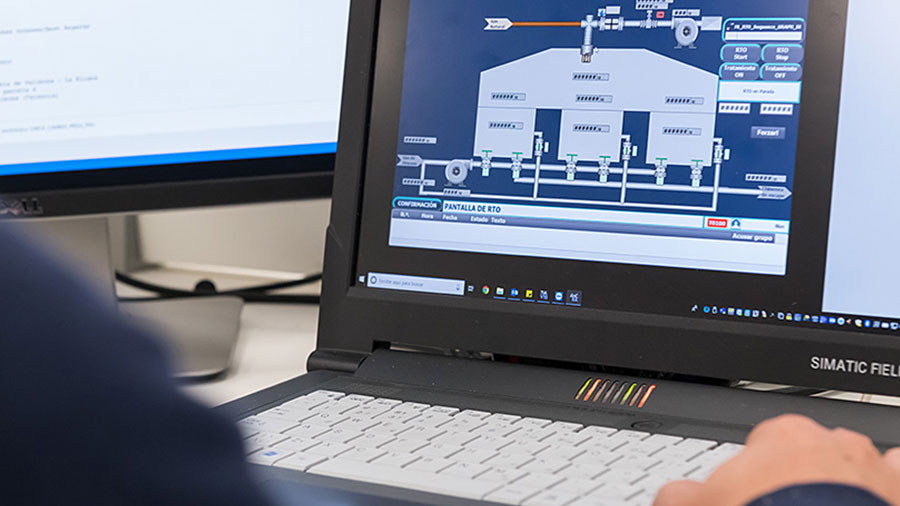
Tecam’s tailor-made design
You can always count on tailor-made solutions with Tecam and, where necessary, the development of specific components, software and/or materials. Our technicians engage with every project, using their expertise and knowledge to design customised equipment for each case and customer.
No matter how big or complex the problem, Tecam is the technology partner that will provide you with the solutions you need at all times.
The advantages of Tecam Vapour Recovery Unit
The advantages of Tecam VRU systems are as follows:
- Increasing safety and mitigating health risk
- Recovering valuable resources (hydrocarbons, fuel, gasoline) for further use
- Eliminating emissions of hazardous substances into the atmosphere and the environment
Contact us
What is VRU?
Vapour Recovery Units are equipment specifically designed to collect hydrocarbon vapours from storage and loading facilities, re-liquefy them and return them in the form of liquid hydrocarbons to storage tanks.
The types of methods to for vapour recovery include absorption, condensation, adsorption, and simple cooling.
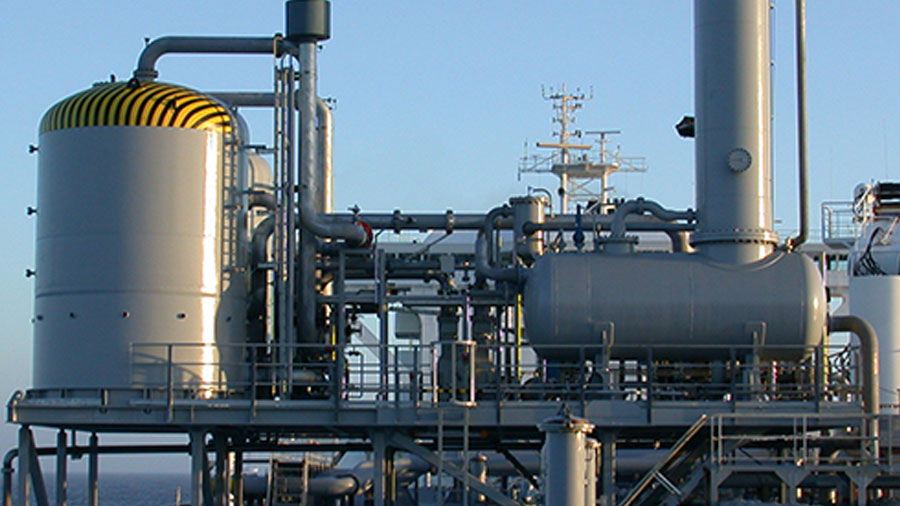
Our suppliers
At Tecam we have first-class technology partners, with whom we enjoy a close working relationship that offers a high level of added value. Our partners are not just suppliers of components: we work alongside them on the research and development of customised solutions for our customers.
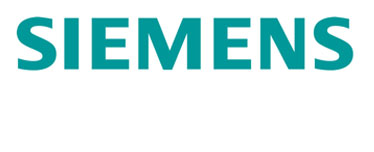
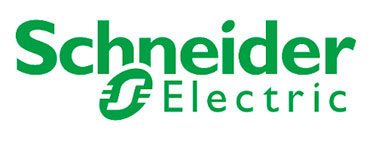

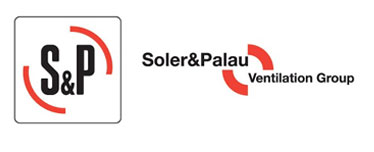

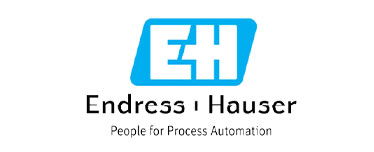

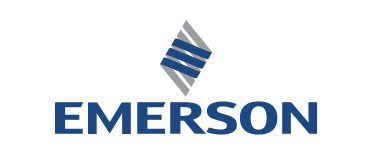
Specialists in the sectors that are most sensitive to environmental impacts
We drive sustainable productivity and innovation for industries with more extensive and more complex needs.
Related news
Volatile Organic Compounds – all about them and their elimination
What are VOCs VOCs (Volatile Organic Compounds) are volatile organic compounds made up mainly of carbon, hydrogen and usually oxygen. They can also contain nitrogen, sulfur, and halogenated compounds such as chlorine, bromine, or fluorine. These compounds can be...
Differences between Regenerative Thermal Oxidizers and Thermal Oxidizers
The main difference between Regenerative Thermal Oxidizer (RTO) and Thermal Oxidizer (TO) is the different methods they use for heat recovery in the system. Regenerative Oxidizers pass hot exhaust gas and cooler inlet gas through two or more heat exchanger beds...
The problem with halogenated compounds emissions and its solution
Halogenated compounds contain in their molecular structure an halogen, that is, molecules of chlorine, bromine, fluorine, iodine, etc. Several organic compounds may contain halogens, and thy are dangerous for people and the environment. Some examples of halogenated...











